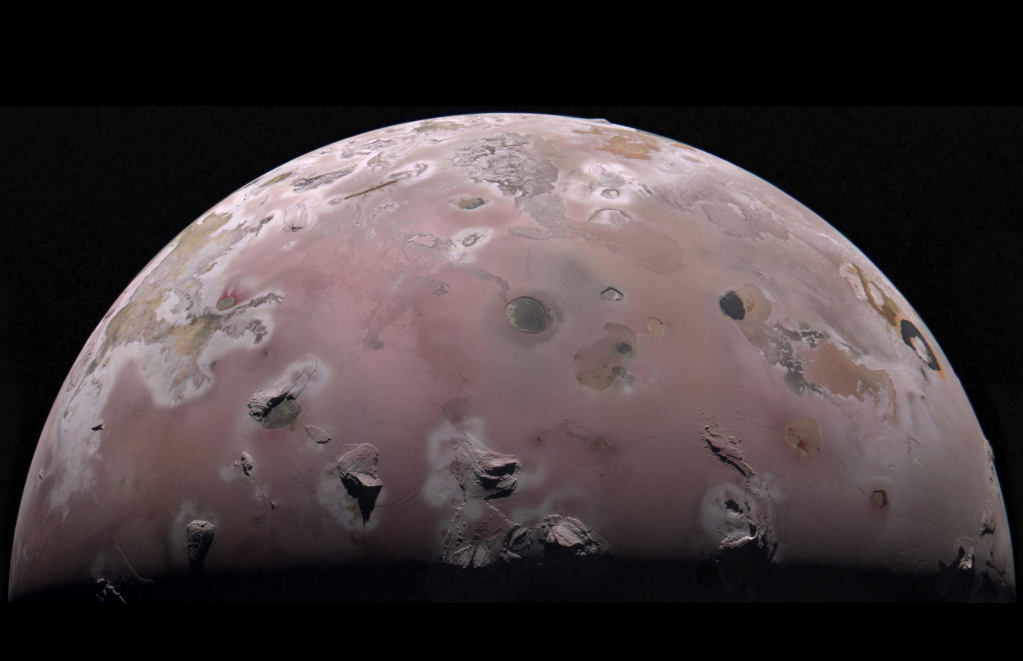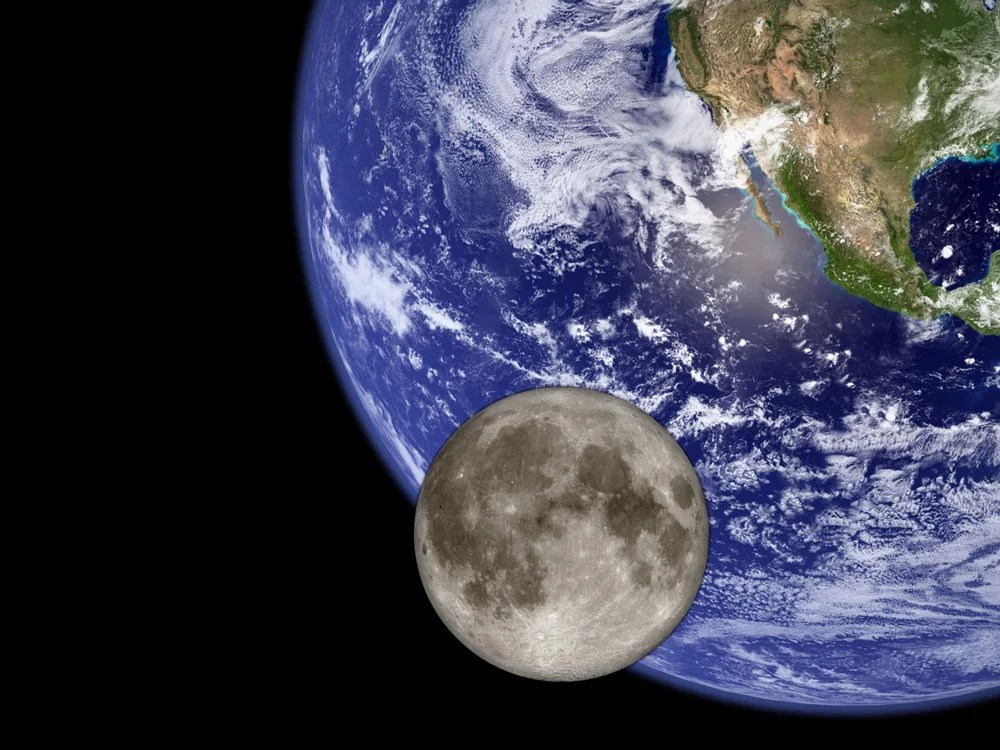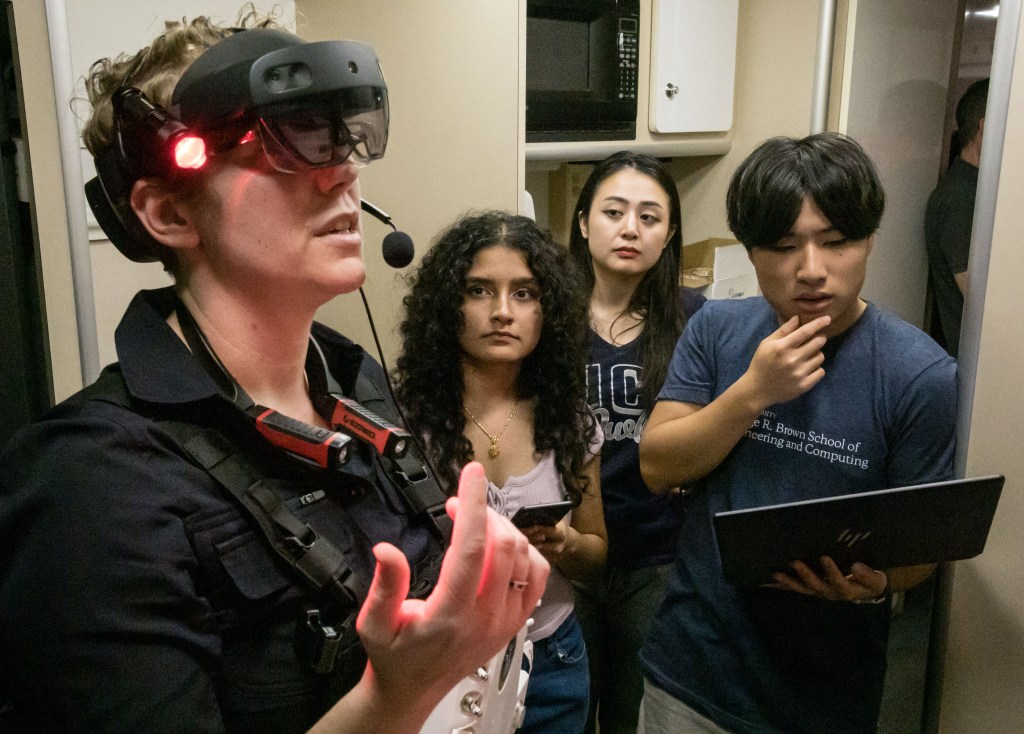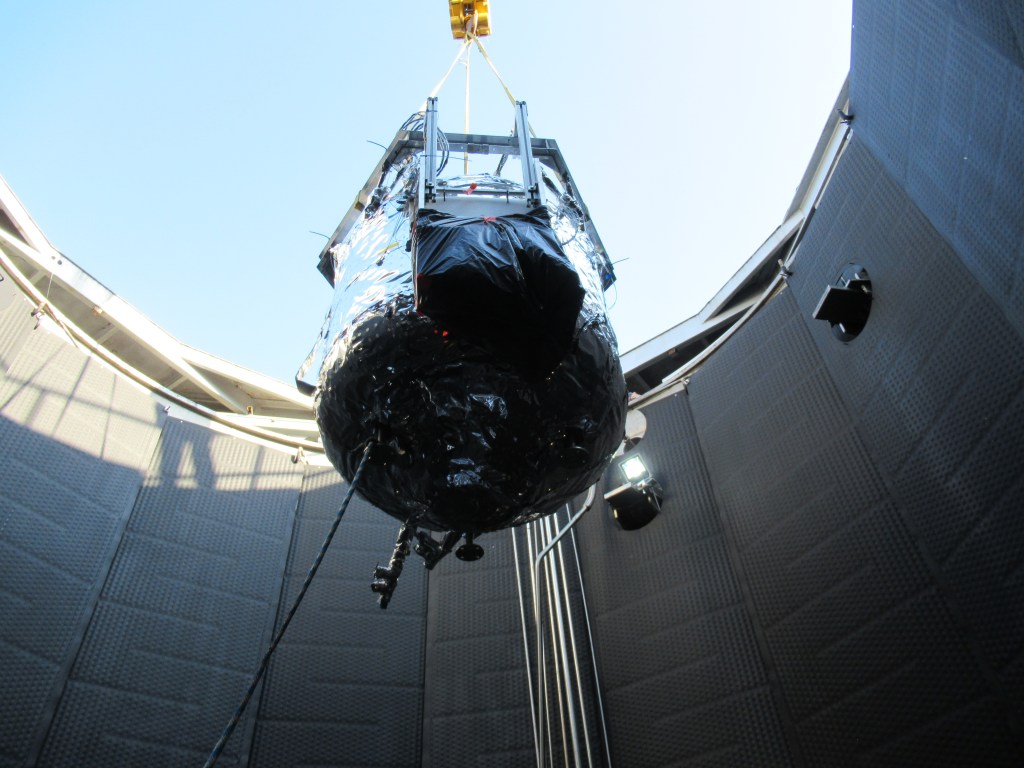The dust storm that is challenging Opportunity closed in on Gale Crater over the weekend with a substantial increase in dust levels. The storm is no threat to nuclear-powered Curiosity and provides an amazing chance for new science. This is the first chance to take surface meteorological measurements from inside such a large dust storm. Two sols ago, this was the murky view from Navcam looking behind the rover and the amount of dust increased even more as of yestersol.
Today's plan features a wide range of observations to study the storm as part of our "dust storm campaign" including a Navcam dust devil survey, suprahorizon movie, and a zenith movie. We're also testing how quickly the amount of dust varies by doing a pair of Navcam line-of-sight dust measurements 15 minutes apart and two Mastcam "tau" measurements 1 hour and 30 minutes apart. Lastly, we scheduled a Mastcam "sky survey" to understand the properties of the dust particles themselves by way of how they scatter sunlight.
Aside from storm-related activities, the GEO working group targeted some remote-sensing observations of "Young Lake" and "Bass Lake" with ChemCam and Mastcam and then we'll drive away from this location.
Written by Scott Guzewich, Atmospheric Scientist at NASA's Goddard Space Flight Center



































